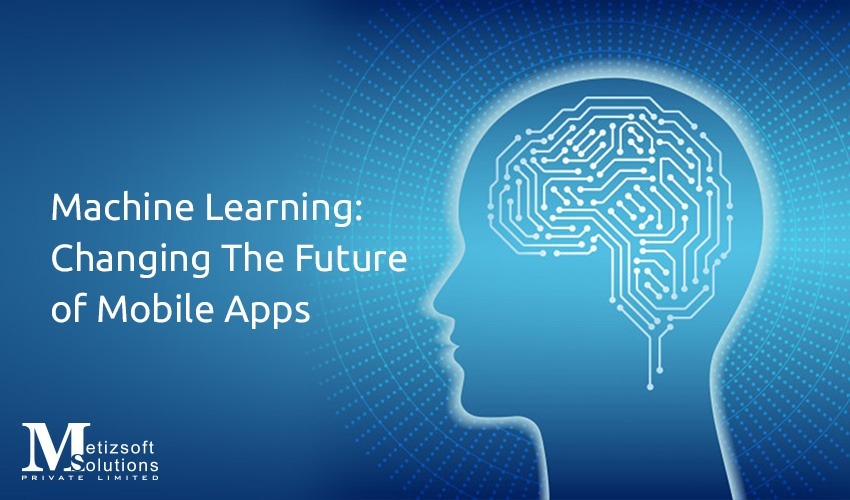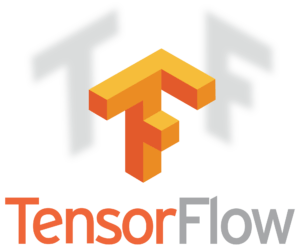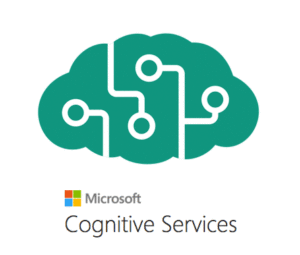
Not so long ago, the introduction of smartphones and mobile applications has swiftly transformed the world paradigm by a few degrees. While it may have seemed like nothing could possibly trump that technology, it came to the concept of ML, aka machine learning. No more is an explicit routine of programming required for a mobile app to optimally perform its tasks.
With machine learning, these apps can easily collect, analyze, and draw conclusions based on all analyses and previous experience.
Machine learning has been gaining a lot of attention in the market. That’s primarily because it is a subfield of AI (Artificial Intelligence).
Recommended Reading: Creating Animations for Mobile Apps
App developers all around the globe are intrigued by the very concept of ML. Consequently, they are using it to develop smart applications with minimum lines of code, no big data, and on-device processing.
ML is popular as one of the most significant areas of the app development process, thanks to its high proficiency in cognitive learning and pattern recognition. Here are the top ML frameworks that you should definitely know about…
Table of Contents
ML – The Future of Mobile App Development
- Google TensorFlow
This framework by Google is best for creating Deep Learning models. DL is a class of ML that uses ANN (Artificial Neural Networks) to make machines progressively and improve their tasks.
TensorFlow is based on a computational graph that comprises a nodal network.

Every node herein represents a function, which could either be a really simple one or a complex operation in itself.
Thanks to TensorFlow, many of the popular Google services we use today, including Google Recognition, Google Photos, and Google Search, can provide such intuitive results.
This framework is popular for its maturity. Mobile app developers use it with various platforms, like iOS, Android, Windows, etc.
- Amazon ML Service
Another extraordinary ML framework has been launched worldwide by Amazon. It offers developers wizards and visualization tools to build machine learning models without using too complicated algorithms.

These models make sure that the APIs can automatically give predictions based on the model. That too, without having to use any custom prediction generation code. As far as the Future of mobile app development goes, this framework works well with both Android and iOS operating systems.
- Core ML by Apple
Next is a machine learning framework launched by Apple that has been used across a wide range of Apple products. It includes QuickType, Camera, and Siri!
This technology uses machine learning to create apps that perform tasks that an average human eye can.

This Core ML framework enables face tracking, barcode detection, object tracking, text detection, and even face detection. As a result, they are using it extensively to design high-performance computer vision ML features in mobile apps.
Moreover, Natural Language Processing APIs offer other features, such as language identification, lemmatization, and tokenization, to understand a given text better. Moreover, the Natural Language Processing APIs offer other features, such as language identification, lemmatization, and tokenization, to understand a given text better.
Today, many companies are ready to hire iOS app development experts who can make intelligent apps after carefully choosing from various ML models, like MobileNet, Squeezenet, Places205-GoogLeNet, and so on.
- Microsoft Cognitive Services
Microsoft’s cognitive toolkit, which doubles as a framework for machine learning, offers algorithms for Deep Learning. Microsoft provides many widely used services. For example, Microsoft developed Skype, Bing, Cortana, Xbox, and so on, using this toolkit.
Allowing developers to use languages such as C++, Python, and BrainScript. These are arguably some of the most familiar computer languages, and the best thing about them.

Some APIs and other cognitive services are being leveraged to create smart applications for Linux and Windows.
One example is a computer vision API, which observes an image and its content. Consequently, it generates tags and other important information based on the observation.
The Content Moderator API efficiently tracks, flags, assesses, and filters out any content that a business may find unwanted or offensive. Meanwhile, the Face API helps developers access pretty advanced face algorithms, which enable face recognition and attribute detection.
- Caffe Deep Learning Framework
This open-source framework first came into existence at UC Berkeley, by Berkeley AI Research and other community contributors.

One of the most widely used CNNs (Convolution Neural Networks), the Caffe Deep Learning framework allows the recommender system, machine vision, image classification, and much more.
Its popularity primarily stems from its pre-trained ML model, Model Zoo, which can perform a variety of tasks with perfection. Platforms, such as Windows, Linux, and Mac, comfortably run various hardware, while switching between GPU and CPU via a single flag.
A limitation of this framework lies in not being able to perform tasks related to computer vision, like text, time, or sound series.
In conclusion
ML was always intended to and is now being anticipated to bring massive changes in not just the field of IT, but all over the globe. Today, every mobile app development services company is constantly looking for ML developers who can work comfortably on such frameworks. They must help in creating unique ML-based mobile apps.
AboutChetan Sheladiya
Related Posts
What are some of the Common UX Mistakes Made by the Mobile App Designer? Let Us know.
What makes an application a successful one? The answer is simple, an application is successful only when it has a customer...
How Mobile Applications Are Revolutionizing The Entertainment Industry?
The innovation of mobile phones has transformed people’s lives and the entertainment industry. Indeed, mobile phones...

